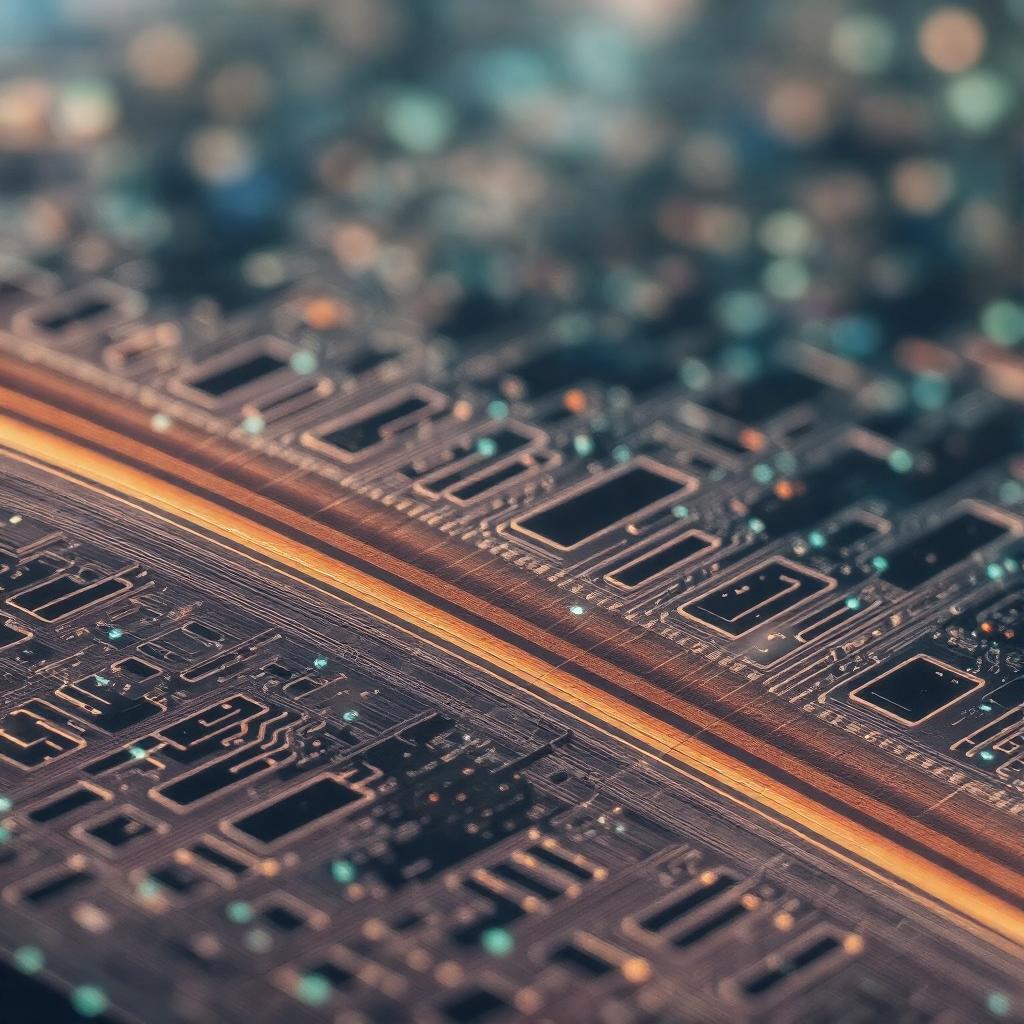Blog on RFID Technology and IoT Solutions
Blog Home
How IoT Software Solutions are Revolutionizing Edge Computing with LoRa and TinyML
23 January 2025The Internet of Things (IoT) has brought a seismic shift in the way we interact with technology. Among the emerging technologies that have complemented IoT, edge computing has become a crucial enabler by processing data closer to its source rather than relying solely on centralized cloud infrastructures. Two powerful technologies, LoRa (Long Range) and TinyML (Tiny Machine Learning), are at the forefront of this revolution, enabling scalable, efficient, and real-time IoT Software Solutions.
Understanding Edge Computing
Edge computing refers to the practice of processing data near the location where it is generated, rather than sending it to a remote cloud or central data center. This approach reduces latency, enhances data privacy, and minimizes bandwidth usage.
Benefits of Edge Computing:
- Low Latency: Enables real-time processing for applications like autonomous vehicles and industrial automation.
- Enhanced Privacy: Sensitive data can be processed locally, reducing the risk of breaches during transmission.
- Cost-Efficiency: Reduces the costs associated with data transfer and cloud storage.
- Reliability: Local processing ensures continuous functionality even in areas with poor internet connectivity.
LoRa: The Backbone of Long-Range IoT Communication
LoRa, a low-power wide-area networking (LPWAN) protocol, has emerged as a cornerstone for IoT applications that require long-range communication with minimal power consumption. It operates in unlicensed frequency bands, making it accessible for diverse industries.
Key Features of LoRa:
- Long Range: Covers distances of up to 15-20 km in rural areas and 3-5 km in urban settings.
- Low Power: Extends the battery life of IoT devices to years.
- Scalability: Supports thousands of devices in a single network.
- Cost-Effectiveness: Eliminates the need for expensive cellular networks.
LoRa is particularly useful in applications such as smart agriculture, environmental monitoring, and smart cities where devices are distributed over a wide area.
TinyML: Bringing Machine Learning to the Edge
TinyML enables the deployment of machine learning models on resource-constrained edge devices. With TinyML, IoT devices can process data locally, perform complex analyses, and make decisions without relying on cloud-based AI models.
Advantages of TinyML:
- Energy Efficiency: Optimized for low-power devices like microcontrollers.
- Real-Time Decision Making: Processes data on the device, ensuring immediate responses.
- Reduced Costs: Minimizes data transmission to the cloud.
- Scalability: Enables AI capabilities in billions of IoT devices worldwide.
Applications of TinyML include predictive maintenance, voice recognition in consumer electronics, and anomaly detection in industrial systems.
How IoT Solutions Integrate LoRa and TinyML with Edge Computing
The convergence of LoRa and TinyML with edge computing is creating a new paradigm in IoT ecosystems. Here’s how these technologies complement each other:
Efficient Data Collection and Transmission
LoRa’s ability to transmit data over long distances with minimal power consumption pairs seamlessly with edge computing. For instance, sensors in agricultural fields can monitor soil moisture and transmit data to edge devices for real-time analysis without relying on high-bandwidth networks.
Intelligent Local Processing
TinyML allows edge devices to analyze incoming data and make decisions locally. For example, a TinyML-powered sensor can detect anomalies in machinery vibrations and trigger maintenance alerts without needing cloud intervention.
Enhanced Scalability
The combination of LoRa’s large network capacity and TinyML’s efficient processing enables the deployment of massive IoT networks. Smart cities can leverage this duo for applications like traffic management, air quality monitoring, and energy optimization.
Improved Reliability in Remote Areas
LoRa’s long-range capabilities ensure connectivity in remote or hard-to-reach locations, while TinyML processes data locally, making IoT solutions viable even in areas with limited internet access.
Real-World Applications
Agriculture
Farmers are using IoT devices powered by LoRa and TinyML to monitor soil conditions, predict weather patterns, and optimize irrigation systems. These edge solutions ensure better crop yields while conserving resources.
Healthcare
Wearable devices with embedded TinyML models can monitor vital signs and detect abnormalities in real-time. LoRa’s wide coverage ensures reliable transmission of critical health data in rural areas.
Industrial IoT (IIoT)
Factories are employing edge devices with LoRa and TinyML to monitor equipment performance, predict failures, and optimize energy usage, leading to increased productivity and reduced downtime.
Environmental Monitoring
Edge devices equipped with LoRa sensors and TinyML algorithms are being used to monitor air and water quality, detect wildfires, and track wildlife, providing actionable insights for conservation efforts.
The Future of IoT with LoRa and TinyML
As IoT continues to evolve, the integration of LoRa and TinyML with edge computing will unlock new possibilities. Advances in hardware and software will make these solutions even more powerful, efficient, and accessible. Businesses that adopt these technologies stand to gain a competitive edge by improving operational efficiency, reducing costs, and delivering innovative services.
In conclusion, the synergy between LoRa, TinyML, and edge computing represents a transformative leap in the IoT landscape. By leveraging these technologies, industries can build smarter, more sustainable, and highly efficient systems that redefine the boundaries of what’s possible with IoT.
- Intellistride.com
- Blog
- How IoT Software Solutions are Revolutionizing Edge Computing with LoRa…